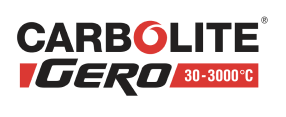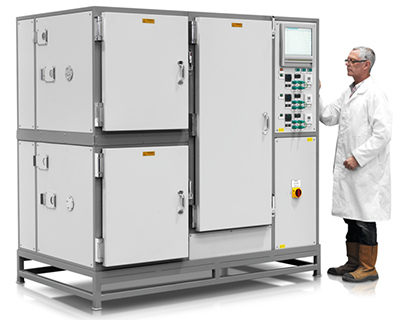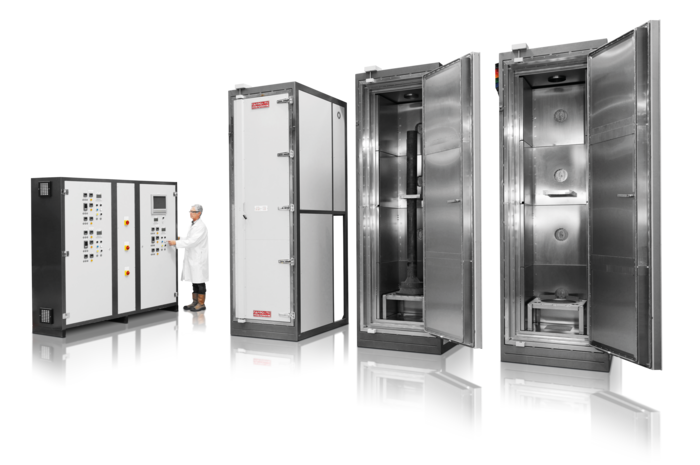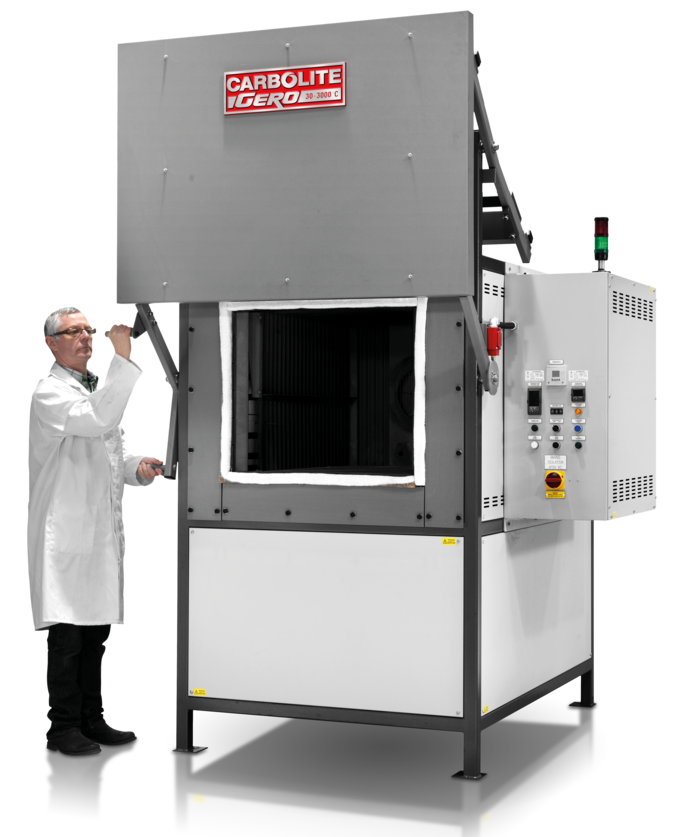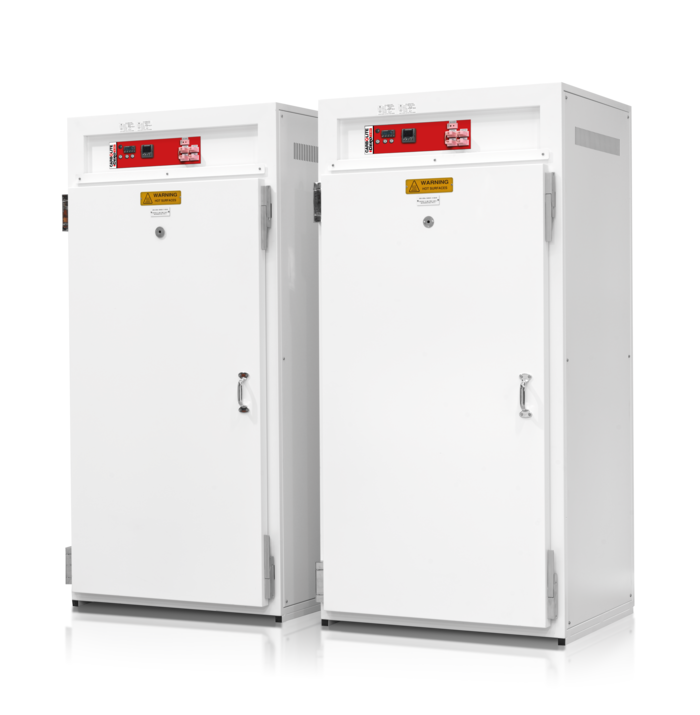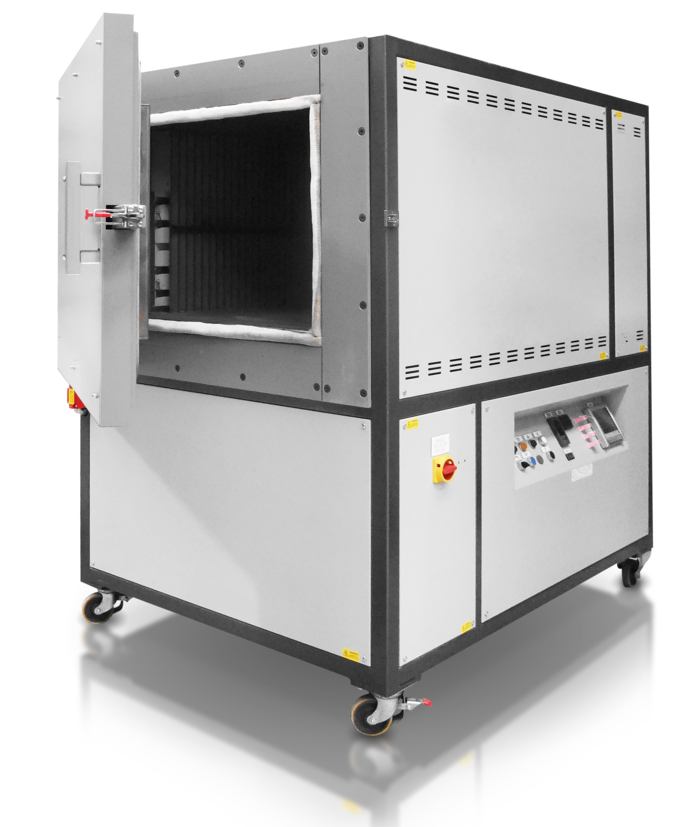Created by the Performance Review Institute, the Nadcap programme is designed to provide an accreditation and quality assurance framework for a defined range of ‘special processes and products’ that are used within the Aerospace and Defence sectors. It was originally sponsored by Boeing and is now adopted by all Western aerospace manufacturers.
Nadcap is becoming increasingly important in the aerospace sector with accreditation frequently being requested by companies such as: GE Aviation, Rolls Royce plc, MTU, Snecma, Turbomeca, Boeing, Vought Aircraft Industries, Bombardier, Honeywell, Hamilton Sundstrand and Sikorsky Aircraft. Manufacturers and end users must follow the requirements of the SAE Aerospace Standard Number AMS2750E. In this Standard oven and furnace types are classified by their temperature uniformity and the type of control instrumentation that they use.
Carbolite Gero has significant expertise in supplying aerospace customers with oven and furnace systems designed for full AMS2750E and CQI-9 compliance.
For furnace & oven systems to conform with AMS2750E the following have to be defined:
- Temperature range of compliance
- Class of temperature uniformity required – either Class 1, 2, 3, 4, 5 or 6 (see details below)
- Temperature Instrumentation type – either Type A, B, C, D or E (see details below)
- Uniform zone required – define H x W x D
- Temperature Uniformity Survey (TUS) required either with charge or empty chamber
- System Accuracy Test (SAT) requirements
Nadcap Classes for Furnace / Oven Systems

For class 1 uniformity, ± 3 °C, the size of an oven / furnace chamber needs to be significantly larger than the working volume. If a working volume of 600 mm x 600 mm x 600 mm is required we recommend a chamber volume of at least 800 mm x 800 mm x 800 mm.
Nadcap product instrumentation Types
Control instrumentation type is defined as Type A, B, C, D or E. The differences between these types are shown in the diagram below and relate to the number of recording thermocouples permanently installed in the work-space of the furnace and the instrumentation used to monitor these.




